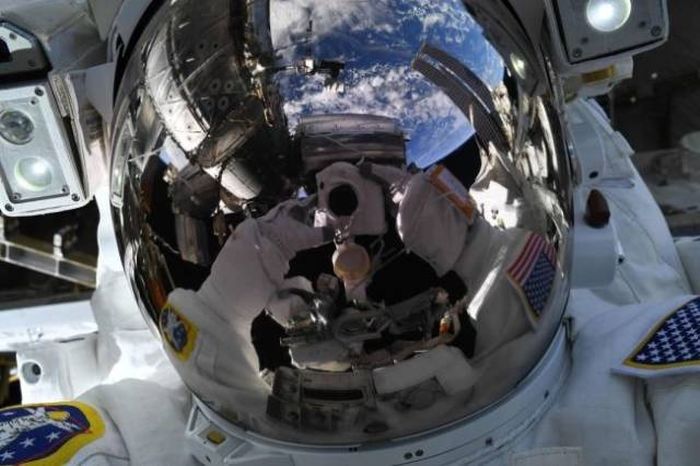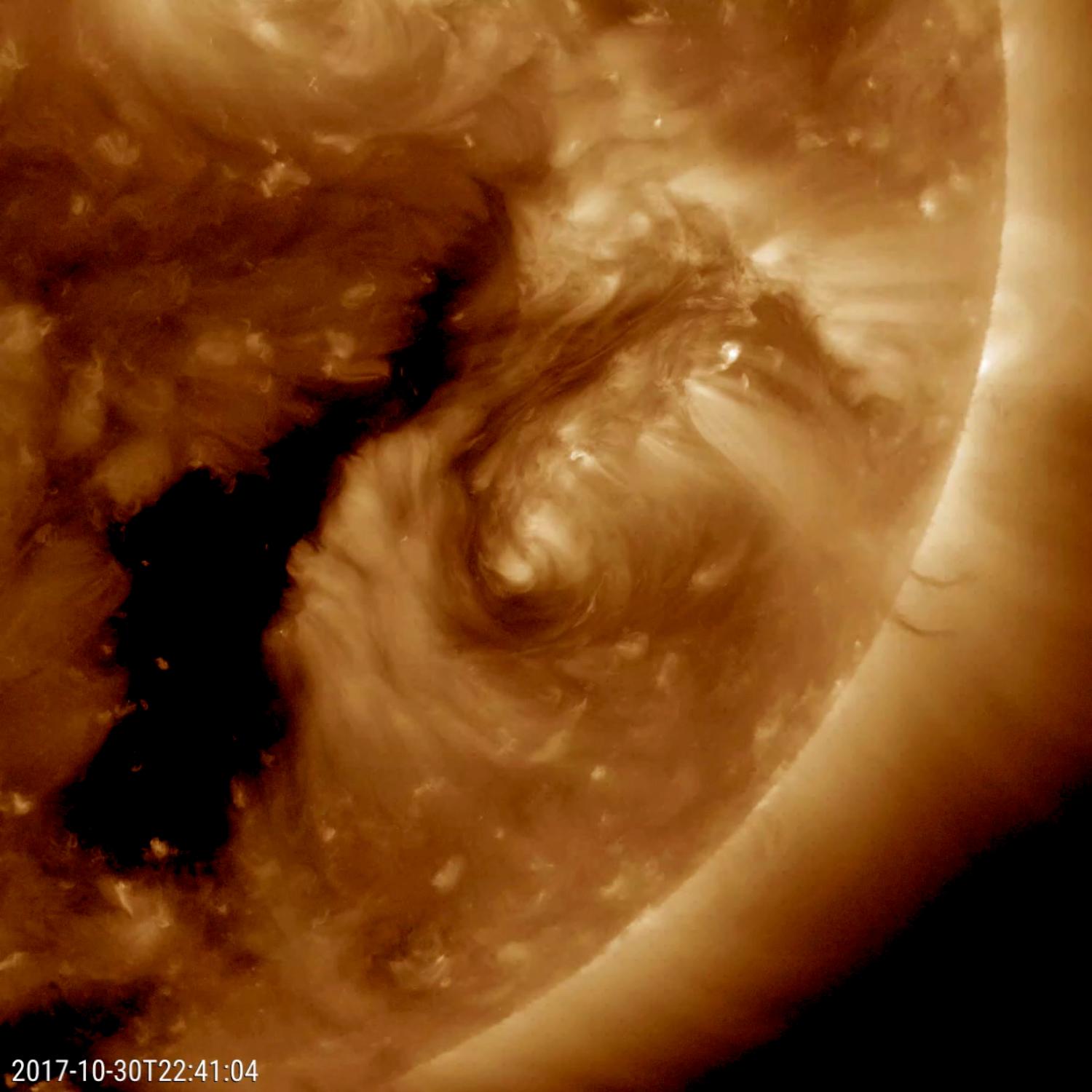
I was MAHLI/MARDI Payload Uplink Lead 1 today, which means that my job was to focus on how best to use the Mars Hand-Lens Imager (MAHLI) and the Mars Descent Imager (MARDI) cameras. So while we wait for the images taken after the Sol 24 drive to arrive, we planned a bunch of images to be taken on Sol 25.

This was a relief to the science team, and especially to me, as fitting itĪll in to the plans over the past week required a lot of planning.Īs predicted, we didn't receive enough data through MRO today to allow us to plan another drive. Were acquired, so we were able to plan new Mastcam observations today. We received confirmation that the last of the Mastcam characterization data Wouldn't be a problem, but we would like get to Glenelg soon, and it is If we don't getĪt least one stereo pair of images of the terrain in front of the roverĪfter the drive, we will have to stay put for a sol. Hopefully we will get more data through MRO than expected,Īnd we prioritized the various data products accordingly. Very small, probably not enough to return the images we need to planĪnother drive. The biggest problem today was that the data volume expected toīe relayed by the Mars Reconnaissance Orbiter in time to plan Sol 25 is It was my last shiftĪs SOWG Chair for a few weeks, and went more smoothly than yesterday's Were the focus of the science team's efforts today. After the drive, we have some time for science observations, which Will need to use the "autonomous navigation" that we are starting to check Units and therefore interpret their history. Where we should be able to study the relationships between these geologic

Will have a good view of the intersection of 3 different terrain types, Rover will drive farther toward our goal, called Glenelg. Taking images and processing them onboard the rover, is successful the
#NASA PICTURE OF THE DAY AUGUST 24 2010 SOFTWARE#
This kind of information is what we use when we’re trying to diagnose how clouds form.The highlight of the Sol 24 plan is to test some of the software that willĪllow the rover to avoid obstacles automatically. Why do we want to measure things like rainbows? It’s because the angular distribution and color of that light tells you exactly how big those close droplets are, and it tells you what the width of the size distribution is. The reflected light is so bright you simply can’t see the rainbow without a polarizer. On the right, there’s no rainbow because there was no polarizer. A polarizer was used, so you can actually see that rainbow. On the left, is a picture that shows a rainbow.

This is the most obvious and visually enticing example of polarization. “The way that we diagnose whether we have small aerosol particles, big aerosols particles, non-spherical particles, ice particles, cloud droplets is primarily using polarization. Could searching for rainbows help scientists pinpoint the impact of the perplexing particles? Brain Cairns, the instrument scientist for the Aerosol Polarimetery Sensor (APS) on NASA’s Glory Mission, explains: Ubiquitous airborne particles called aerosols, which can have a big impact on the energy budget, are one the most poorly understood factors that influence our climate. Credit: David Lien, Planetary Science Institute Image courtesy of Earth Science Picture of the Day.


 0 kommentar(er)
0 kommentar(er)
